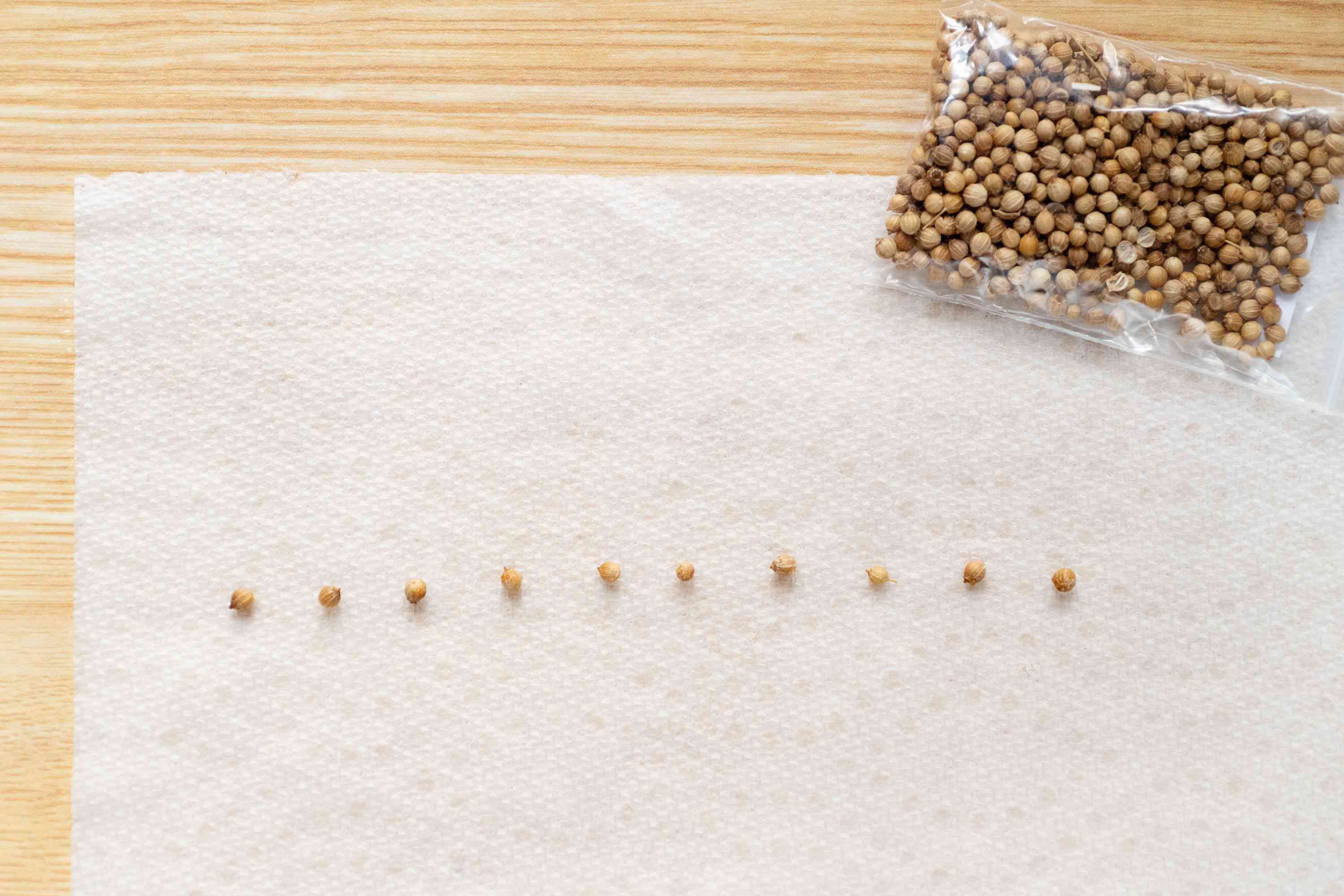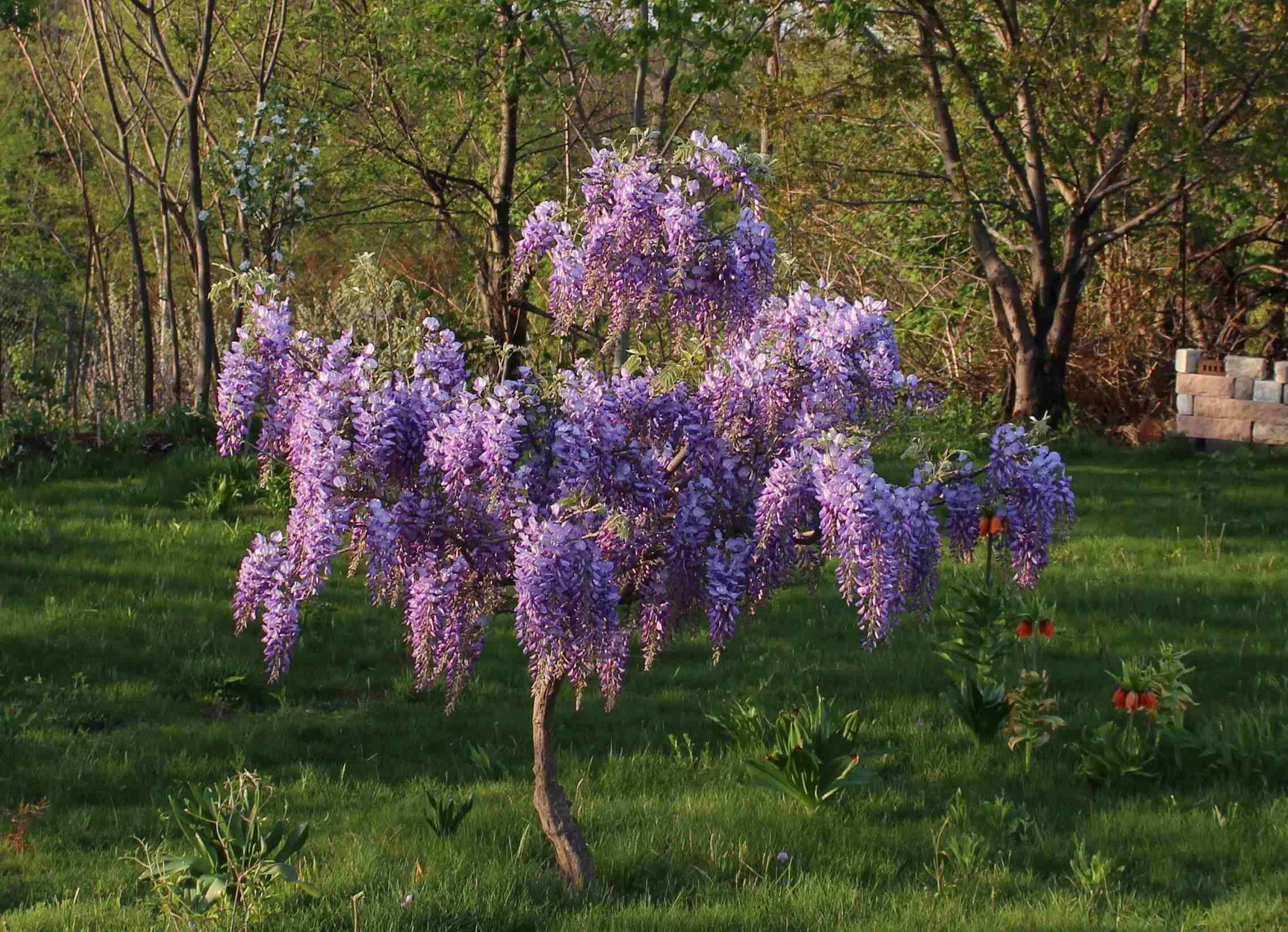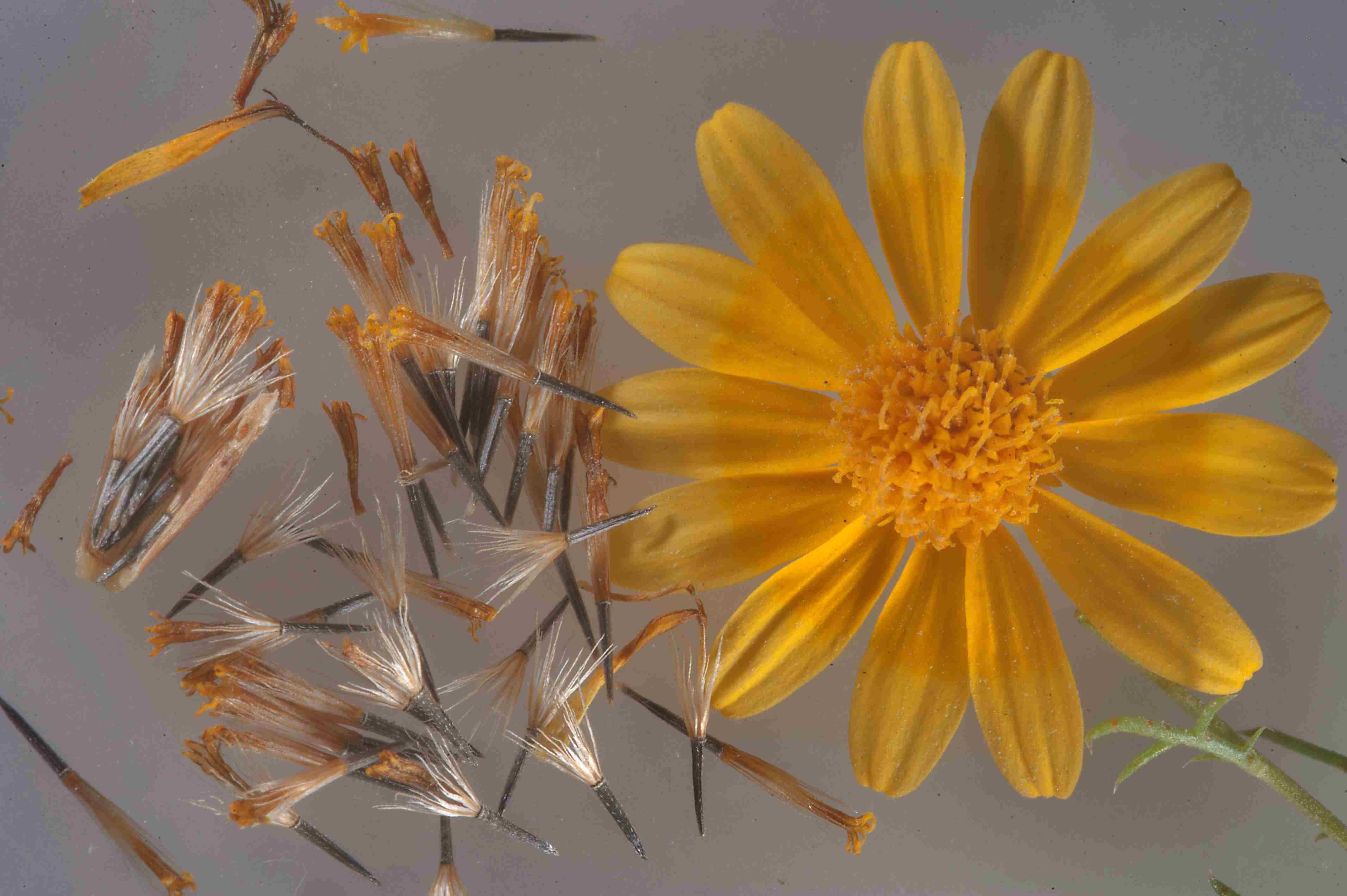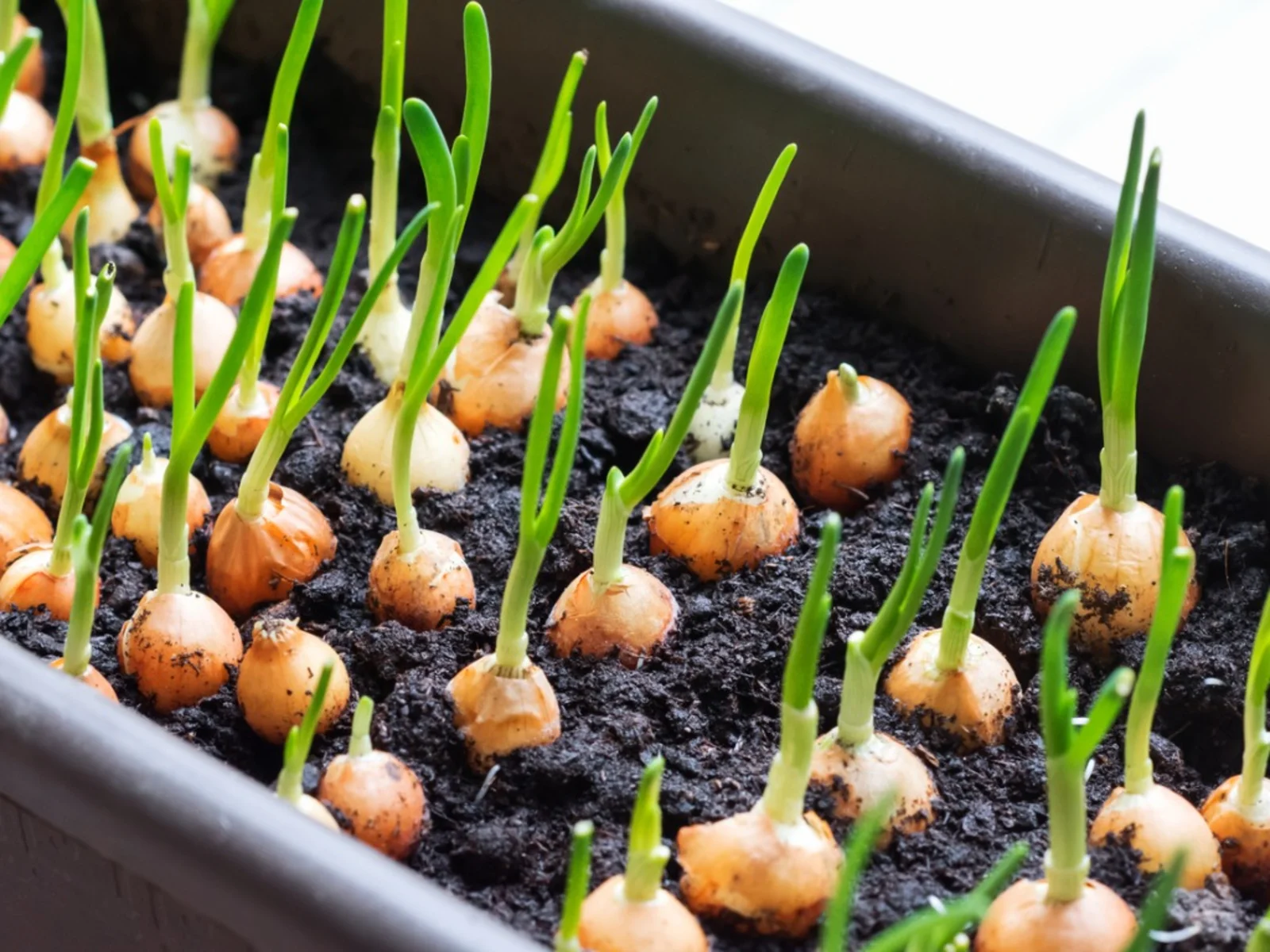Home>Types of Gardening>Edible Gardening>How To Collect Dahlia Seeds
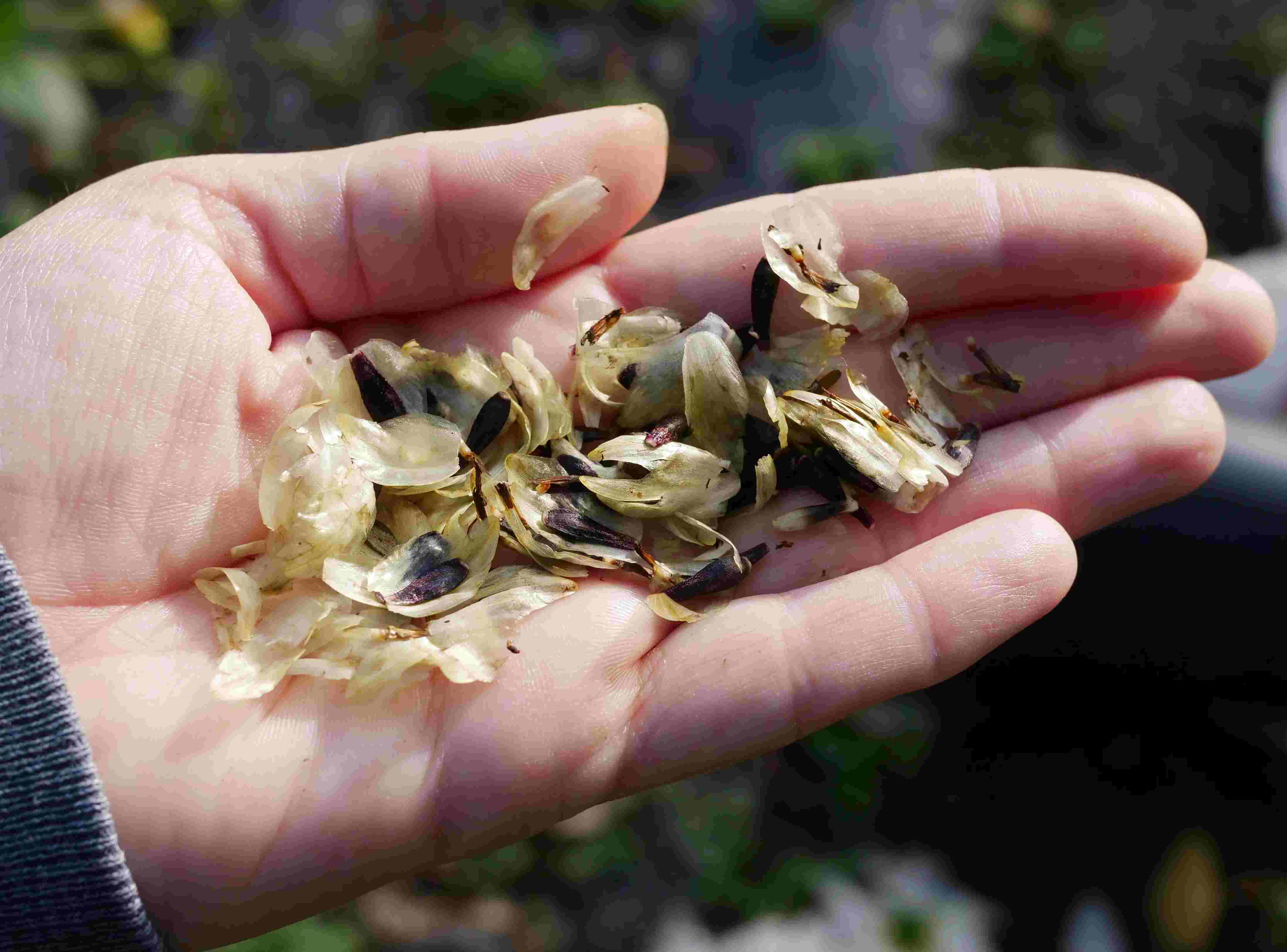

Edible Gardening
How To Collect Dahlia Seeds
Published: September 15, 2023
Learn how to collect dahlia seeds and incorporate them into your edible gardening journey. Discover the secrets to successful seed harvesting and propagation.
(Many of the links in this article redirect to a specific reviewed product. Your purchase of these products through affiliate links helps to generate commission for Chicagolandgardening.com, at no extra cost. Learn more)
Table of Contents
Introduction
Edible gardening is a rewarding and fulfilling hobby that allows you to grow your own food. Not only does it provide you with fresh and nutritious produce, but it also allows you to connect with nature and enjoy the therapeutic benefits of gardening.
One popular vegetable that can be grown in your edible garden is the dahlia. Dahlias are not only known for their vibrant and stunning flowers but also for their edible tubers. These tubers can be harvested and used in various culinary dishes, making them a versatile addition to any edible garden.
While most gardeners are familiar with propagating dahlias through tubers, another way to grow these beautiful flowers is by collecting and planting their seeds. Collecting dahlia seeds can be a fun and rewarding process, allowing you to experiment with different varieties and create a unique collection of dahlia plants.
However, collecting dahlia seeds requires some knowledge and patience. In this guide, we will walk you through the step-by-step process of collecting dahlia seeds and provide some useful tips to ensure successful germination and growth.
Step 1: Choosing the Dahlia Flowers
The first step in collecting dahlia seeds is to carefully choose the flowers from which you will collect the seeds. It’s important to select high-quality flowers with desirable characteristics to ensure that the offspring from the seeds will inherit those traits.
Look for dahlia flowers that are healthy, vigorous, and free from any signs of disease or pest damage. The flowers should also be fully developed and at their peak, as this indicates that the seeds within the flower are mature and ready for collection.
When choosing the flowers, consider the specific characteristics you want to preserve in the next generation of dahlia plants. For example, if you prefer larger blooms or a particular color, look for flowers that exhibit these features.
Keep in mind that dahlia plants can cross-pollinate, meaning that the characteristics of the resulting offspring may vary. If you are trying to maintain a specific variety, it is recommended to isolate the flower from other dahlia varieties to prevent accidental cross-pollination.
Make a note of the dahlia flower’s name or variety so that you can keep track of the parentage of the collected seeds. This will be helpful if you wish to replicate or share your successful growing experiences in the future.
By choosing the right dahlia flowers, you are setting the foundation for a successful seed collection and future plant growth. Take your time to observe and appreciate the beauty of the flowers before moving on to the next step.
Step 2: Identifying the Seed Pods
Once you have selected the dahlia flowers, the next step in collecting dahlia seeds is to identify the seed pods. Dahlia seeds develop within the seed pods, which are small structures located at the center of the flower.
Seed pods are typically green and can vary in shape and size, depending on the dahlia variety. They may resemble small capsules, elongated pods, or even clusters of tiny spheres. You can find the seed pods nestled amidst the petals of the dahlia flower.
Inspect the flower carefully to locate the seed pods. Gently peel back the petals or use a magnifying glass if necessary. The seed pods should be firm and plump, indicating that they are mature and contain viable seeds. Avoid selecting seed pods that are shriveled or have started to decompose.
It’s important to note that not all dahlia flowers will produce seed pods. Some dahlia varieties may produce fewer seeds, while others may not produce any at all. This is a natural variation among different plants. If you find that a particular flower does not have seed pods, don’t worry. You can try collecting seeds from other flowers or consider propagating the dahlia through other methods, such as tubers or cuttings.
Identifying the seed pods is an essential step in the seed collection process. Once you have located the seed pods, you are ready to move on to harvesting them and collecting the precious dahlia seeds within.
Step 3: Harvesting the Seed Pods
After identifying the seed pods, it’s time to harvest them to collect the dahlia seeds. Harvesting the seed pods should be done when they are fully mature and dry. This ensures that the seeds inside are fully developed and ready for germination.
To harvest the seed pods, use clean and sharp garden scissors or pruners. Cut the stem of the flower just below the seed pod. Be careful not to damage the pod or shake it vigorously, as this can cause the seeds to disperse prematurely.
Place the harvested seed pods in a clean and dry container. You can use a paper bag, an envelope, or a small plastic container with ventilation holes. Label the container with the name or variety of the dahlia flower to keep track of the collected seeds.
It’s important to store each seed pod separately or ensure that there is sufficient space between each pod. This prevents them from touching and potentially becoming moldy or rotting due to excess moisture.
After harvesting the seed pods, check them for any signs of damage or mold. Discard any pods that appear unhealthy or contaminated, as they may affect the viability of the collected seeds.
Remember to handle the seed pods with care and avoid crushing or smashing them. Treat them delicately to preserve the integrity of the seeds within.
Harvesting the seed pods marks an exciting stage in the dahlia seed collection process. With the seed pods in hand, you are ready to proceed to the next step: drying them to prepare for seed extraction.
Step 4: Drying the Seed Pods
After harvesting the dahlia seed pods, it’s crucial to dry them properly to ensure the longevity and viability of the seeds. Drying allows the seeds to mature fully and prevents moisture-related issues such as mold or rot.
Find a well-ventilated area that is away from direct sunlight and excessive humidity. Lay out the seed pods in a single layer on a clean and dry surface. You can use a tray lined with paper towels or a mesh screen.
Avoid overcrowding the seed pods, as this can impede proper airflow and prolong the drying process. Leave some space between the pods to promote efficient drying.
It’s recommended to leave the seed pods in the drying area for about two to three weeks. During this time, periodically check on the pods to ensure they are drying properly and not accumulating excessive moisture.
As the seed pods dry, they will gradually turn brown and become brittle. This is an indication that the seeds inside are reaching optimal maturity. Gently shake the pods to make sure they are completely dry and that the seeds are no longer moist.
If you live in a particularly humid environment, you may consider using a dehumidifier or a fan to help expedite the drying process. However, be mindful not to expose the seed pods to direct airflow, as this can cause them to dry too quickly and potentially damage the seeds.
Once the seed pods are fully dried, carefully remove them from the drying area. Check each pod again for any signs of mold or damage. Discard any pods that show signs of deterioration, as they may affect the overall quality of the collected seeds.
By properly drying the seed pods, you are setting the stage for successful seed extraction in the next step. Take your time with this process to ensure that the seeds are fully mature, dry, and ready for storage.
Step 5: Extracting the Dahlia Seeds
Once the dahlia seed pods are fully dried, it’s time to extract the precious seeds within. Proper extraction ensures that the seeds are separated from the pods and ready for storage or sowing.
Start by gently crushing the dried seed pods with your fingers or using a mortar and pestle. This will help break them open and release the seeds. Be cautious and avoid applying too much force, as this can damage the seeds.
As you crush the seed pods, you’ll begin to see the small, dark seeds being revealed. Continue to work through all the seed pods, separating the seeds from the pod fragments. Remove any remaining pieces of the pod material to prevent them from contaminating the seeds.
It’s a good practice to use a fine-mesh strainer or sieve to separate the seeds from any larger debris or pod fragments. Gently shake the sieve to allow the seeds to pass through while retaining the unwanted material.
After extracting the seeds, take a moment to inspect them. Discard any seeds that appear malformed, discolored, or damaged. Focus on collecting the healthy and intact seeds, as they will yield the best results when sown.
If you are unsure about the quality or viability of the seeds, you can perform a simple germination test. Place a few seeds on a moist paper towel, fold it over to cover the seeds, and keep it in a warm location. Check after a week to see if any of the seeds have sprouted. This will give you an idea of the overall viability of the collected seeds.
Once you have completed the extraction process and selected the viable seeds, you are ready to move on to the final step: storing the dahlia seeds for future use.
Step 6: Storing the Dahlia Seeds
Proper storage is essential to maintain the viability and longevity of dahlia seeds. By following the right methods, you can ensure that your collected seeds remain viable for future sowing.
The first step in storing dahlia seeds is to ensure that they are completely dry. Moisture is the enemy of seed storage, as it can lead to mold, rot, and degradation of the seeds. Make sure the seeds are thoroughly dry before proceeding.
Place the dried dahlia seeds in a small airtight container like a ziplock bag or a glass jar with a tight-fitting lid. Make sure to label the container with the variety and the date of collection. This information will be handy when you decide to use the seeds in the future.
It’s a good practice to add desiccant packets or silica gel to the container. These help absorb any excess moisture and reduce the chances of mold or seed deterioration. You can find these packets in packaging materials or purchase them from gardening or craft stores.
Store the container in a cool, dry, and dark place. Avoid exposing the seeds to direct sunlight or high temperatures, as this can compromise their viability. A temperature-controlled area like a refrigerator is typically the best choice for long-term seed storage.
Regularly check the stored seeds for any signs of moisture or mold. If you notice any issues, remove the affected seeds immediately to prevent the spread of mold to other seeds.
Remember that dahlia seeds, like many other seeds, have a limited lifespan. It’s recommended to use the stored seeds within two to three years for the best germination results. As each year passes, the germination rate of the seeds may gradually decline.
With proper storage, you can enjoy the satisfaction of collecting and preserving dahlia seeds for future gardening endeavors.
Conclusion
Collecting dahlia seeds is a rewarding and exciting process that allows you to explore the diverse world of dahlia varieties. By following the step-by-step guide outlined in this article, you can successfully collect, dry, and store dahlia seeds for future growth.
From choosing the right flowers to identifying and harvesting the mature seed pods, each step is crucial in ensuring the quality and viability of the collected seeds. The careful extraction and thorough drying of the seeds further contribute to their long-term storage success.
By taking the time to properly store the dahlia seeds in a cool, dry, and dark location, you can preserve their viability for years to come. However, it’s important to keep in mind that seed viability can gradually decline over time. Therefore, it’s recommended to use the stored seeds within a few years for optimal germination rates.
Collecting dahlia seeds opens up a world of possibilities in your edible garden. It allows you to experiment with different varieties, create unique combinations, and maintain the characteristics you love in a particular dahlia flower. With patience and care, you can grow a vibrant and diverse collection of dahlia plants that will bring beauty and joy to your garden and table.
So, why not give seed collecting a try? Take the knowledge and steps provided in this guide, and begin your journey to collect and cultivate your very own dahlia plants from seeds. Enjoy the process, embrace the beauty of nature, and savor the fruits of your labor in your edible garden.

